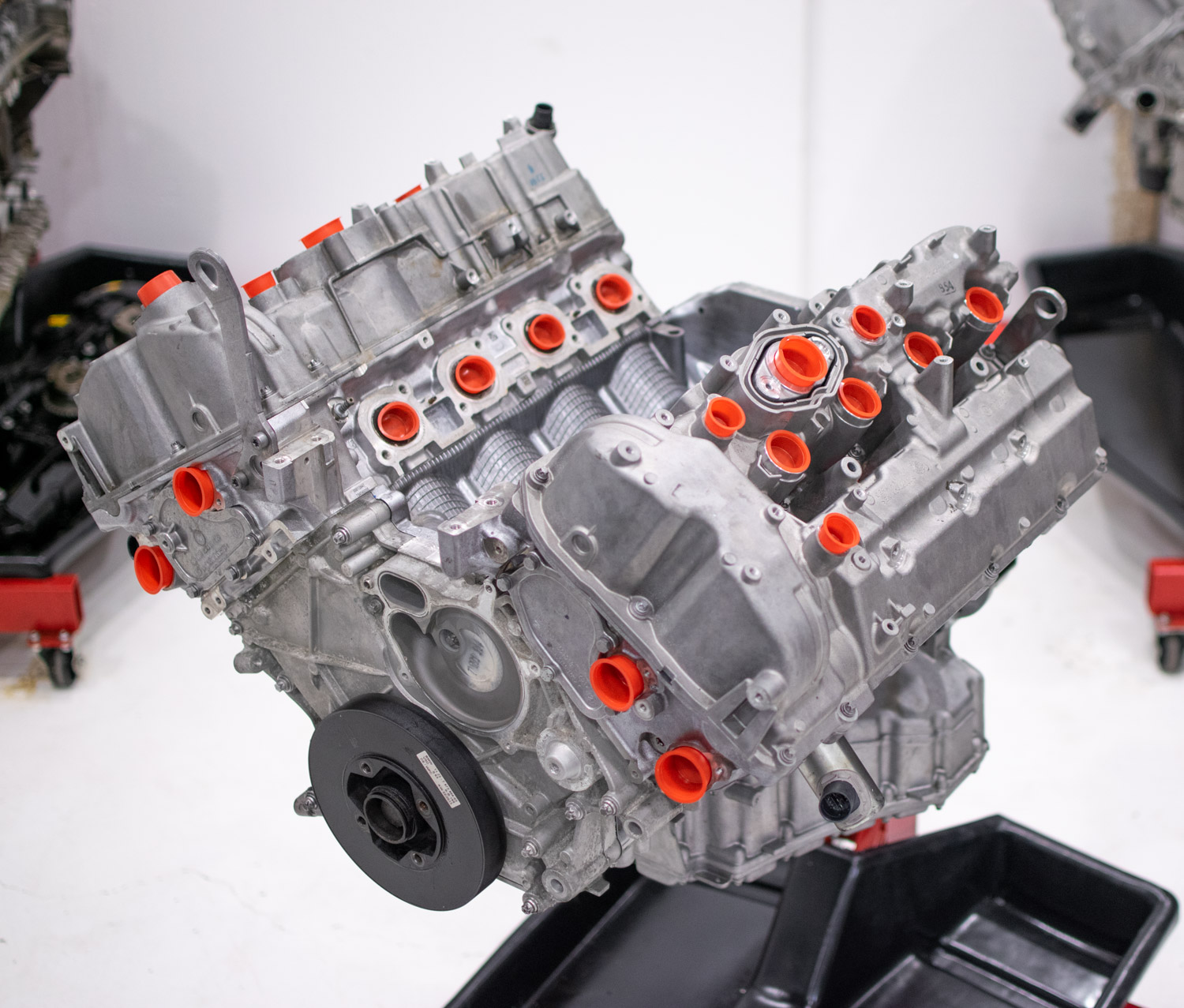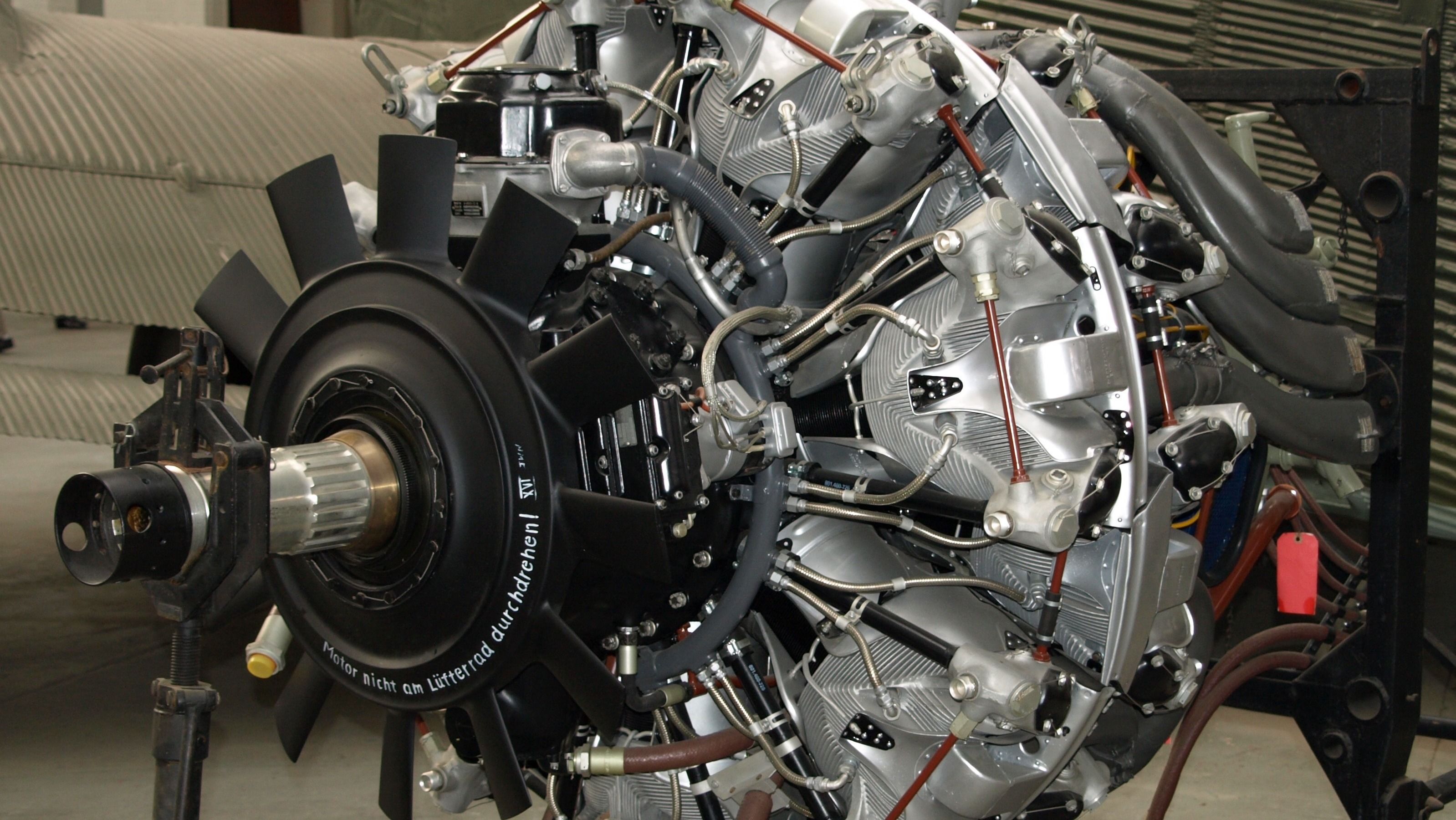Discovering the Performance Enhancements of the most up to date BMW Engine Models
Discovering the Performance Enhancements of the most up to date BMW Engine Models
Blog Article
Checking Out the Advancement of Burning Engines in Modern Transport Equipments
As we navigate the landscape of modern-day transportation, the evolution of combustion engines stands as a testament to human resourcefulness and engineering prowess. The interplay of background, modern technology, and ecological concerns in forming the trajectory of burning engines develops a story that is both engaging and insightful.
Early Beginnings of Combustion Engines
Just how did the idea of combustion engines initial emerge in the very early stages of transport advancement? When the principles of inner combustion were initial explored, the origins of combustion engines can be mapped back to the 17th century. In 1673, Christian Huygens conceived a fundamental inner combustion engine that made use of gunpowder to generate power. It had not been up until the late 19th century that sensible applications of combustion engines in transport started to emerge.
The innovation moment included the development of the first effective gasoline-powered engine by Karl Benz in 1885 - bmw engine. This engine led the way for the advancement of the contemporary auto, transforming transportation systems worldwide. Succeeding technologies by Nikolaus Otto and Gottlieb Daimler even more fine-tuned burning engine modern technology, leading to the mass production of cars and the quick development of the transportation industry
These very early burning engines were defined by their simpleness and effectiveness, laying the foundation for the complicated and powerful engines used in modern transportation systems. The evolution of combustion engines has actually been crucial in forming the means we take a trip and move items, noting a considerable turning point in the history of transportation growth.
Change to Internal Combustion Technology
The change to inner combustion technology marked a crucial change in the development of transportation systems. This change started in the late 19th century, with creators like Nikolaus Otto and Gottlieb Daimler developing the initial successful internal burning engines. These engines reinvented transportation by offering an extra effective and effective alternative to vapor engines and electric motors.
Among the crucial advantages of inner combustion engines was their capacity to be reduced to match lorries, causing the development of autos and motorbikes. This shift from large, stationary engines to small, mobile ones paved the method for the contemporary transport systems we see today.
The transition to inner burning innovation also stimulated developments in gas technology, bring about the development of fuel and diesel as primary gas resources for cars. This change not only made transport extra easily accessible to the masses but likewise laid the structure for the oil and gas industry to end up being indispensable to global economic situations.
Impact of Combustion Engines on Transport
The fostering of combustion engines in transportation systems militarized an extensive shift in the effectiveness and rate of international movement. Burning engines changed transportation by offering a trusted and versatile resource of power for various cars, consisting of autos, airplanes, ships, and trucks. This development substantially boosted the ability for items and individuals to conform cross countries in shorter time frames, resulting in enhanced connectivity between regions and nations.
Additionally, the extensive use combustion engines has actually had a considerable influence on financial growth. The capacity to transport goods successfully has actually stimulated profession and commerce, allowing companies to expand their markets and reach customers worldwide. This has actually promoted financial growth and globalization, as products can currently be moved much faster and in bigger quantities than in the past.
However, the ecological effect of combustion engines can not be neglected. The combustion of nonrenewable fuel sources has actually caused air pollution and greenhouse gas emissions, adding to environment modification and posing health threats to populations. bmw engine. Therefore, there is an expanding emphasis on developing alternate propulsion innovations to mitigate these adverse impacts and create an extra sustainable future for transport
Advancements in Combustion Engine Layout
Various advancements in burning engine design have actually pushed the evolution of transport systems over the decades. One significant development is the growth of turbocharged engines, which utilize exhaust gases to drive a generator that compresses inbound air, permitting even more fuel to be scorched, resulting in raised power output without a substantial increase in engine dimension. Additionally, direct shot technology has actually improved fuel performance and performance by exactly regulating the amount and timing of gas infused into the burning chamber. Variable shutoff timing systems have likewise changed engine design by enhancing air movement at different engine speeds, boosting both power and efficiency. One more considerable advancement is the combination of lightweight materials such as carbon fiber and aluminum alloys, decreasing total engine weight and boosting automobile gas economic climate. Developments in computer-aided style have actually made it possible for designers to maximize engine efficiency and performance through simulations before physical models are built, saving time and sources in the development procedure. These innovations collectively add to the continuous improvement of combustion engines in modern-day transport systems.
Future Trends in Burning Engine Advancement
With technology advancements driving continual advancement, the future of combustion engine advancement is poised to revolutionize transport systems worldwide. One of the vital patterns in combustion engine growth is the push in the direction of higher efficiency and lowered discharges. Producers are spending heavily in r & d to enhance engine efficiency while satisfying stringent ecological regulations. This consists of the integration of innovative fuel shot systems, improved turbocharging approaches, and using light-weight materials to enhance fuel usage and reduce carbon discharges.
An additional popular pattern is the fostering of hybrid innovations in burning engines. Crossbreed engines combine conventional burning modern technology with electric power, providing enhanced gas performance and lower discharges. As the vehicle sector shifts towards electrification, hybrid combustion engines are viewed as a transitional remedy that bridges the space between standard lorries and fully electric ones.
Additionally, the assimilation of clever technologies, such as synthetic intelligence and information analytics, is anticipated to play a substantial duty in the future of burning engine development. These technologies can optimize engine performance in real-time, leading to much more efficient combustion processes and enhanced general automobile efficiency. Accepting these future patterns will not only drive development in burning engine development however likewise add to a more eco friendly and lasting transportation ecological community.

Conclusion
In verdict, the development of combustion engines in modern transport systems has been marked by substantial improvements in innovation and design. From the very early beginnings of combustion engines to the change to interior try this web-site combustion modern technology, these engines have had a profound influence on transportation.
The origins of burning engines can be traced back to the 17th century when the concepts of internal burning were very first explored. These engines changed transportation by offering an continue reading this extra powerful and efficient option to steam engines and electrical motors.

Report this page